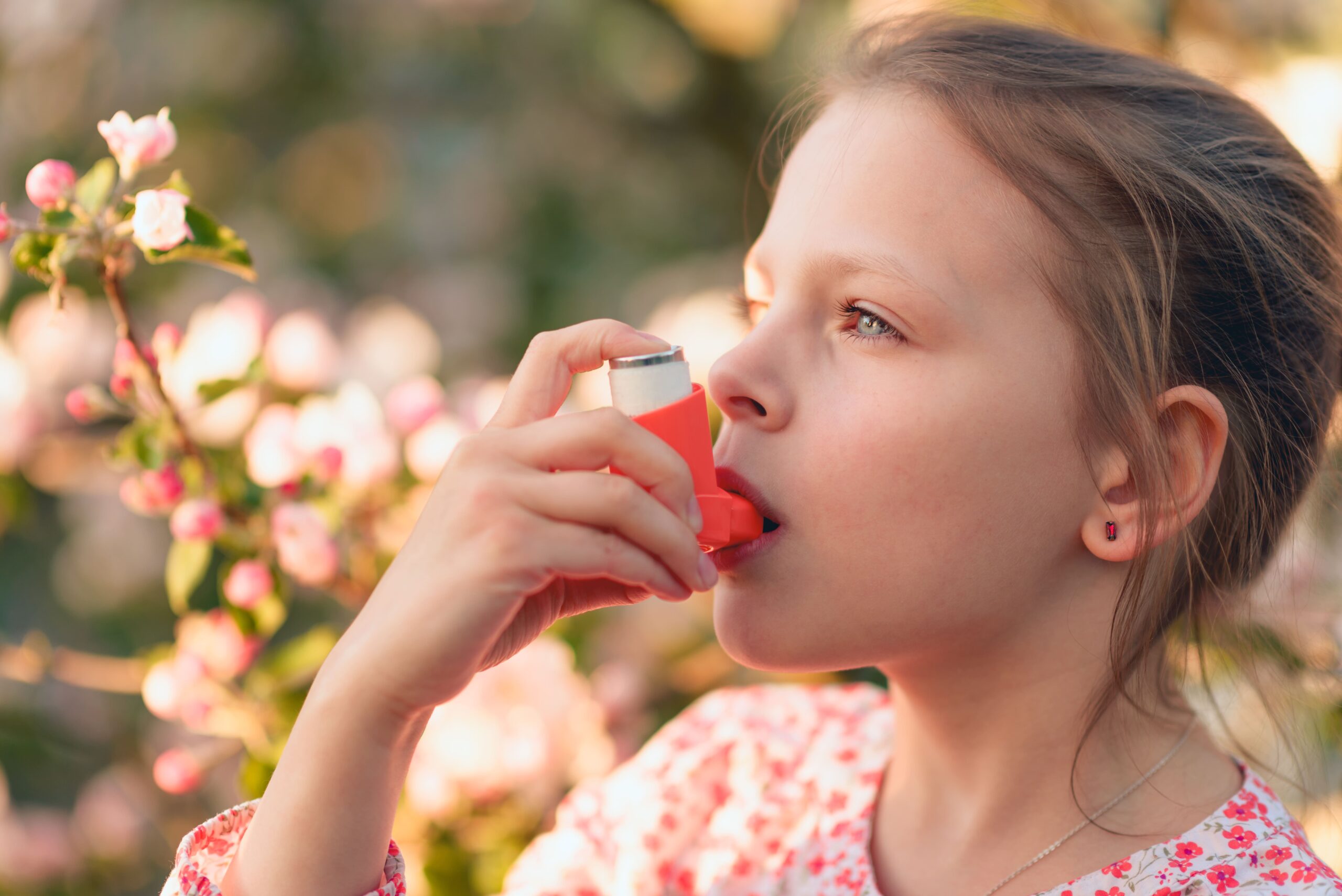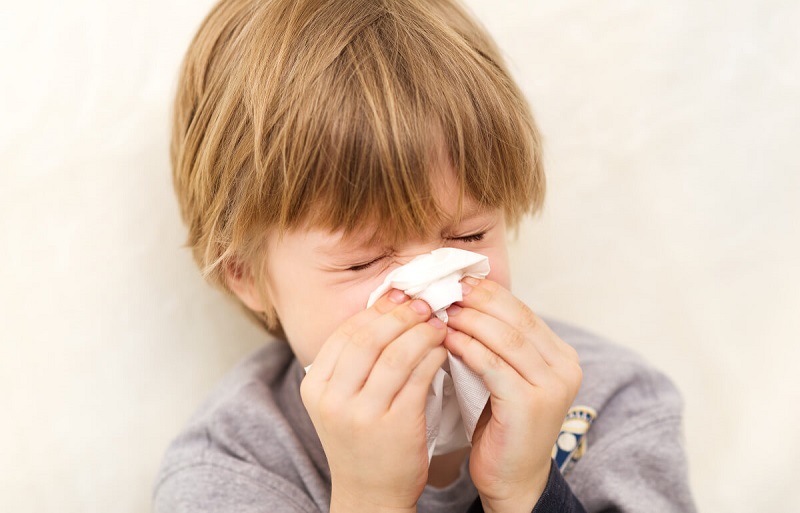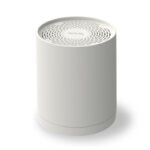Pollution causes asthma (and more) in two million children worldwide

Pollution affects everyone especially the most fragile

Air pollution is bad for everyone. But in particular to suffer its effects more than others are unfortunately the most fragile groups of people: pregnant women, people with previous illnesses, the elderly. And children, of course. A study recently published in the journal Lancet Planetary Health, by a team of researchers at George Washington University, has just pointed out, precisely, that about 2 million children a year, worldwide, develop asthma as a result of living in particularly polluted areas and breathing unhealthy air. Outside and inside the home.
Pediatric asthma and pollution

“Our study,” explained Susan Anenberg, professor of environmental and occupational health at George Washington University, “showed that exposure to nitrogen oxide [one of the most dangerous pollutants, emitted mostly by heat-engine cars, ed.] significantly increases the risk of developing asthma in children, a risk that becomes particularly high for children living in densely populated urban areas. Our findings support the idea that making the air healthier is strategically critical to preserving children’s health.” But nitric oxide is but one of the pollutants that correlate with asthma because the problem is also inside the home. Complex mixtures of indoor pollutants, even at low concentrations, can cause harmful effects on the health of susceptible people over time: children, pregnant women, the elderly, people suffering from asthma, respiratory and cardiovascular diseases. Exposure to smoke, many studies on the subject report, promotes allergic sensitization in children, with increased blood concentrations of antibodies that cause allergic reactions. This effect is more pronounced in preschool children because they are the most sensitive to the harmful effects of smoking. While asthmatic children exposed to secondhand smoke, compared with unexposed children, have a marked increase in bronchospasm episodes and urgent emergency room admissions, and twice the risk of asthma-related hospitalizations. Not only that, in children, exposure to certain indoor pollutants such as particulate matter, volatile organic compounds, and radon gas is associated with an increased risk of irritation, acute respiratory symptoms, bronchial hyper-reactivity, respiratory infections, and allergic sensitization.
Ridurre l’esposizione agli inquinanti

In light of these data, it is therefore essential to try to reduce exposure to pollutants as much as possible. Doing so means helping to reduce the frequency of asthma and its evolution to severe forms. In particular, it is necessary to act on school, the place where young children spend a large part of the day. Several analyses have shown a positive association between acute respiratory disease, asthma, allergies and numerous factors in the school environment, including humidity, pollutants such as particulate matter, ozone, volatile organic compounds, CO2, formaldehyde and allergens. Monitoring their concentration is the first step.
A broader look

Quanto emerso in questi studi non sono altro che la punta dell’iceberg del problema della connessione tra inquinamento e salute dei bambini. Le cifre, purtroppo, non sono incoraggianti: stando alle stime dell’Organizzazione mondiale della sanità (Oms), ogni giorno circa nove bambini su dieci (ovvero quasi due miliardi di persone) “respira aria così inquinata da compromettere seriamente la propria salute e il proprio sviluppo”. E purtroppo, continua l’Oms, molti di loro muoiono: sempre secondo lo stesso documento, nel 2016 circa 600mila bambini hanno perso la vita in seguito a infezioni acute del tratto respiratorio inferiore (principalmente polmoniti) causate dall’esposizione all’inquinamento. Come già accennato, il problema è particolarmente sentito nelle nazioni a basso medio reddito: nel rapporto Air pollution and child health: prescribing clean air (“Inquinamento atmosferico e salute dei bambini: imponiamo un’aria pulita”), a firma di esperti dell’Oms, si spiega che il legame tra inquinamento e salute è molto precoce, e comincia addirittura prima della nascita. “Quando una donna incinta vive in un ambiente inquinato”, scrivono gli scienziati, “è più probabile che abbia un parto prematuro e che dia alla luce un bambino più piccolo e con un peso inferiore alla norma”. L’asma non è l’unico dei problemi, tra l’altro: l’inquinamento ha effetti dannosi sul neurosviluppo e sulle abilità cognitive dei più piccoli, ed è legato all’insorgenza di cancro infantile; inoltre, i bambini esposti a maggiori livelli di inquinanti sono a più alto rischio di sviluppare malattie croniche – per esempio diabete e disturbi cardiovascolari – quando diventano adulti. Una delle ragioni del fenomeno, secondo gli esperti, sta nel fatto che i neonati e i bambini respirano più rapidamente degli adulti, e dunque, a parità di livelli di inquinanti, ne assorbono di più.







